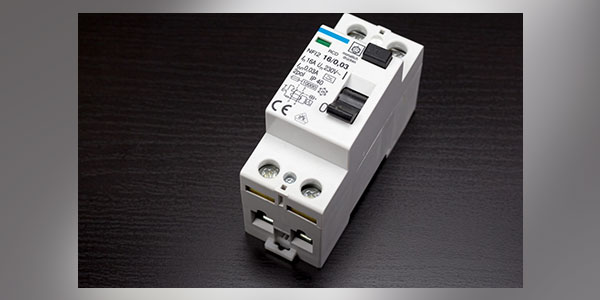LED lighting industry looks to independent distributors to address chronic shortages in the availability of electronic components
By Mike Thomas
Direct sourcing of electronic components for the LED lighting industry used to be pretty simple. An OEM would order direct from the manufacturer or through authorized distributors to obtain any required components. There was usually no need to look any further.
Today, the challenges of a highly stressed supply chain are forcing many LED OEMs to rethink the way they source components. With parts in chronic shortage with extended lead times for delivery, manufacturers must be able to get these parts on-time at the lowest possible cost without assuming additional risk.
As a result, many are turning to independent or hybrid distributors for long lead-time parts. The primary caveat: the components must meet the specifications thereby avoiding compromising the integrity of the end product. In other words, LED lighting manufacturers want components that can be traced back to the original manufacturer.
For many companies, sourcing parts from the independent channel requires a significant shift in mindset. It also requires a comprehensive strategy for identifying and working with reliable independent stocking distributors to ensure they get components they need, when they need them.
The process begins with understanding how to distinguish one independent distributor from another. This often comes down to a mixture of experience, reputation and the extent of the supplier’s global supply network. Therefore, it is critical to understand the quality management systems of your independent partners.
Leading independent distributors invest millions to manage global supply networks, rate/prioritize suppliers, establish preferred supplier relationships and acquire the latest inspection equipment and utilize effective Quality Management Systems (QMS).
It means analyzing and inspecting sources with an investigative diligence. What path did the parts take to get there? Who is the manufacturer and how is that relevant? Where was it made? How was it shipped and packaged? Is demand of a component strong enough to make its availability viable? Only thorough examination and assessment of all these factors, in conjunction with traceability, can the risk be truly mitigated.
To verify the chain of custody, traceability documentation can be provided that identifies the name and location of all the supply chain intermediaries from the part manufacturer to the direct source of the product. If this traceability is unavailable, a risk mitigation plan is required. Finally, visual inspection, testing and physical analysis are performed on all incoming products.
To protect high-volume orders, a distributor can lock in prices and delivery dates for many months at a time. This ensures that the inventory will be there when the customer needs it and not sold to someone else.
In some cases, they can even make speculative purchases for a customer and/or provide financing to purchase inventory when a qualified client has capital constraints.
Another direct source for high demand parts comes from tapping into a large global network. Because of the worldwide demand for components, independent distributors have expanded globally and placed sourcing experts in key supply markets.
The buyers can develop an intimate knowledge of regional supply chains with the expertise to find and manage quality component suppliers. These experts then leverage these relationships to bring the best price and delivery to their customers.
By using regional quality centers and logistic hubs, they have the flexibility to purchase components from any country, in any currency, and then ship them to anywhere they are needed.
Another way to ensure the reliability of the independent distributor is to ensure they are thoroughly vetted. Established companies are used to complying with frequent requests for audits. In fact, some of the robustness of the quality systems implemented by independent distributors can be attributed to this activity.
Through investment in developing deep global networks, inspection, authentication, inspection and quality systems, independent stocking distributors stand ready to provide LED lighting OEMs a robust option to navigate the white waters of international supply nimbly, effectively, and without the risk.
For more information, visit: www.classic-ic.com.
As Vice President – General Manager, Mike Thomas is responsible for all aspects of Classic Component’s global corporation with a focus on renewed vision and growth. With over 25 years of independent distribution experience, Mike has successfully climbed the ladder to leading a premier multi-national distributor.



